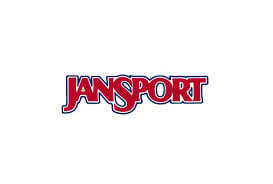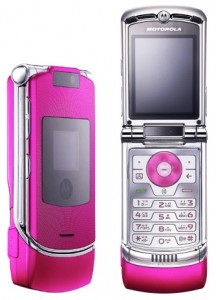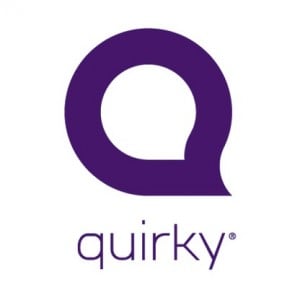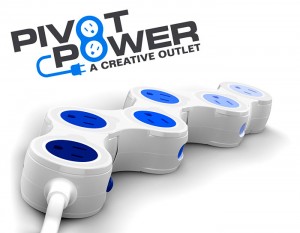Have you ever heard of Spikeball? Spikeball is a sport that is becoming more popular in the United States. Spikeball is basically a combination of volleyball and foursquare. It’s a very easy game to play all you need is two teams of two people and the net. Spikeball is very portable it can be played in the backyard or on a beach. If you purchase the product, which retails around $50 you will receive a trampoline like net which is a couple of inches off the ground, and a palm size ball. Basically, players stand around the net each team has up to three hits to transfer the ball to the opposing team. The purpose is to hit the ball into the net so the opposing team can’t return it. The winner is the team to get to 21 points first.
Chris Ruder is the founder and CEO of Spikeball. He first came across Spikeball in the 1980s when he purchased his very own Spikeball from Toys R Us. Ruder would always get the same question when people saw him playing Spikeball with his friends. The questions included, “What’s that game? How do you play? Where can I get one?” this were all simple questions but the last one because Toys R Us didn’t sell Spikeball anymore. That’s when Ruder had the idea to make Spikeball his own. Spikeball Inc. sold their first set in 2008 and Toys R Us was not involved. After having great success and growth Ruder quit his day job to focus on Spikeball. Spikeball has become more popular and has become a popular new sport. There are many tournaments in which people can compete in all over the United States. The top places are Chicago and Nashville. Other places include Los Angeles, New York, Georgia, and Iowa.
What makes this company interesting is the fact that how Ruder took Spikeball which seemed to be dying out and making it into something bigger. Ruder had no money to be able to advertise his product but it made it grow by simply going to the beach and people see him have fun. The game was originally trying to target a younger age group but Ruder realized that the target was not the correct target for Spikeball he believed that it was more for an older age group instead of kids. Ruder had to be in charge of everything that had to be done. He had to deal with inventory, customer service, and e-commerce. He had to be able to manage everything that had to do with improving Spikeball and making it known. He would also like to email customers that made purchases and ask them how they learned about Spikeball. By emailing the customers Ruder was able to receive better feedback regarding his product.
Have you heard of Spikeball before?
Would you try to play Spikeball?
http://www.esquire.com/blogs/news/spikeball-toy-to-sport







